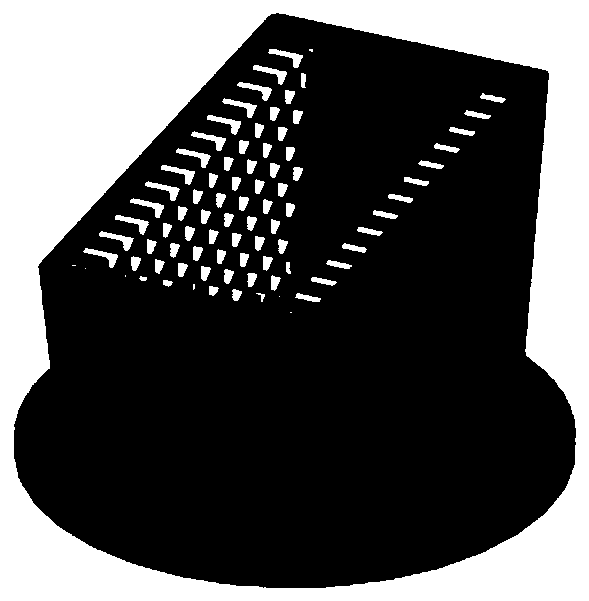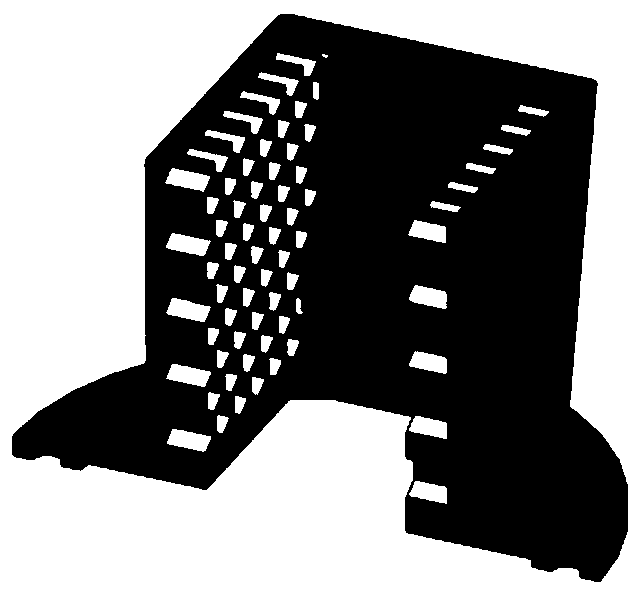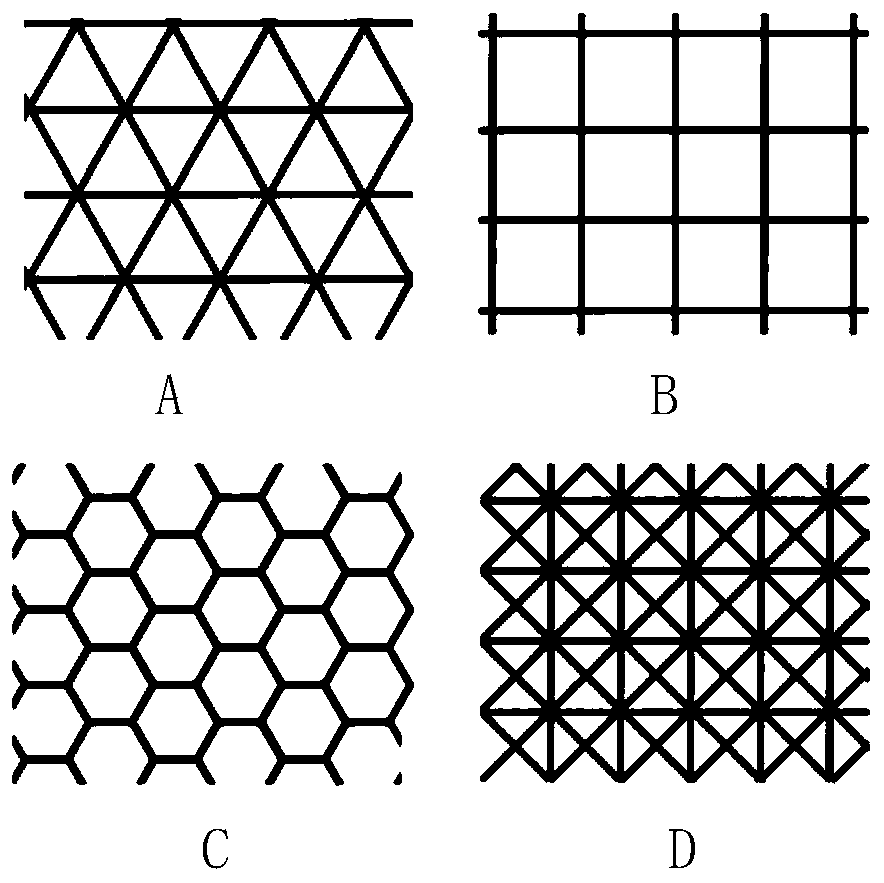3D printing preparation method of lens hood with high light absorption capacity for star sensor
A star sensor, 3D printing technology, applied in 3D object support structure, additive manufacturing, manufacturing tools, etc., can solve the problems of vibration test damage, low dimensional accuracy, difficult machining, etc., to achieve light weight and good physical strength. , The effect of size and thickness is highly controllable
- Summary
- Abstract
- Description
- Claims
- Application Information
AI Technical Summary
Problems solved by technology
Method used
Image
Examples
Embodiment Construction
[0033] It should be noted that, in the case of no conflict, the embodiments of the present invention and the features in the embodiments can be combined with each other.
[0034] The present invention will be described in detail below with reference to the accompanying drawings and examples.
[0035] Such as Figure 1-Figure 3 As shown, the 3D printing preparation method of the light shield for the star sensor with high light absorption capacity comprises the following steps:
[0036] Step 1. Add the natural color high-performance polymer matrix material and carbon black into the extruder and mix fully to achieve coloring of the natural color high-performance polymer matrix material, wherein the mass of carbon black accounts for the natural color high-performance polymer matrix material and 0.5%-1.0% of the total mass of carbon black, the high-performance polymer matrix material is polyetheretherketone PEEK, polyetherimide PEI or polyvinylidene fluoride PVDF, and an extruder ...
PUM
| Property | Measurement | Unit |
|---|---|---|
| size | aaaaa | aaaaa |
| percent by volume | aaaaa | aaaaa |
Abstract
Description
Claims
Application Information
 Login to View More
Login to View More - R&D
- Intellectual Property
- Life Sciences
- Materials
- Tech Scout
- Unparalleled Data Quality
- Higher Quality Content
- 60% Fewer Hallucinations
Browse by: Latest US Patents, China's latest patents, Technical Efficacy Thesaurus, Application Domain, Technology Topic, Popular Technical Reports.
© 2025 PatSnap. All rights reserved.Legal|Privacy policy|Modern Slavery Act Transparency Statement|Sitemap|About US| Contact US: help@patsnap.com



